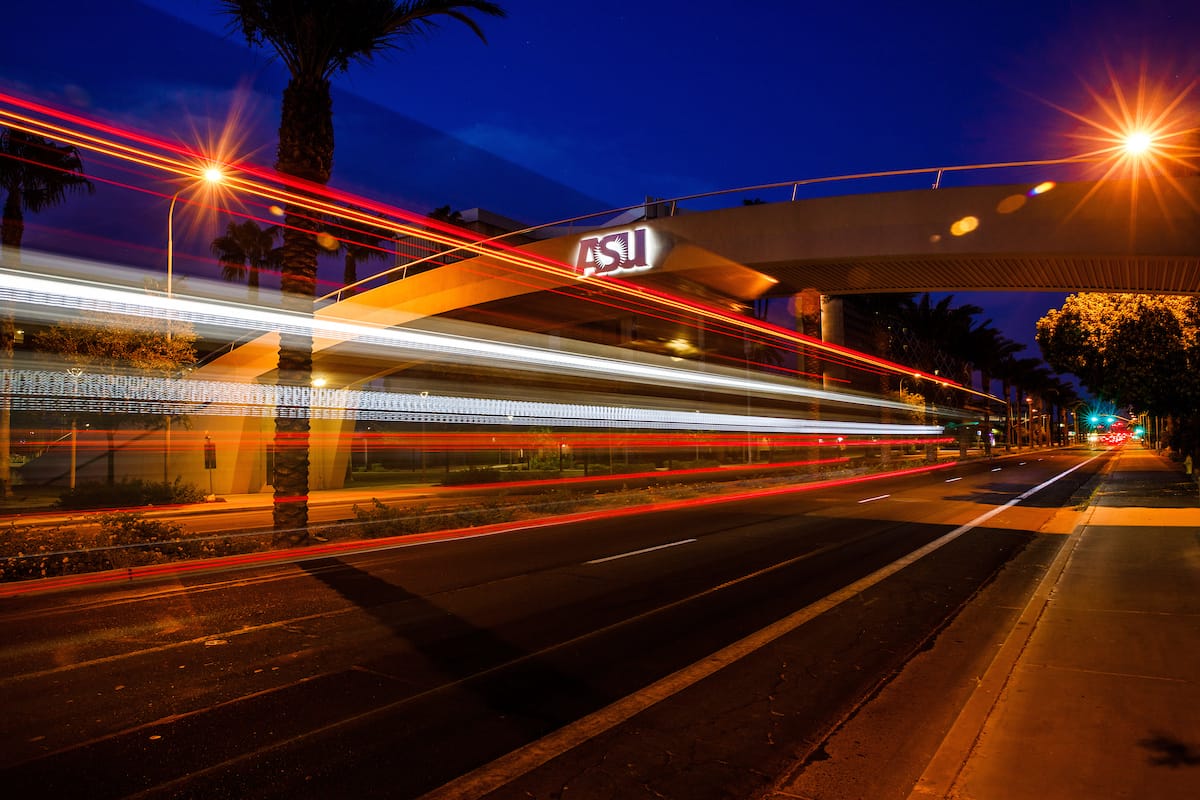The best part of being number one in innovation is using it to help others. This year, Arizona State University launched a plethora of projects designed to make a big impact and reached major milestones on existing efforts. Their goals range from eliminating gender-based violence to advancing Arizona’s semiconductor industry to empowering African youths and more.
Our most popular stories of 2023 suggest we aren’t the only ones excited about these bold initiatives. Read on to see what we all have to look forward to.
Breaking the cycle of violence and migration
Gender-based violence is a persistent problem in El Salvador, with a significant proportion of Salvadoran women and girls experiencing some sort of violence. It is also a major driver of irregular migration to the United States. “LibrES: For an El Salvador without Gender-Based Violence,” led by ASU with support from USAID, takes a multifaceted approach to tackling gender-based violence through media, entrepreneurship, legal aid, infrastructure and data-informed interventions.
An X-ray revolution
ASU is making significant progress on the world’s first compact X-ray free electron laser (CXFEL), which will help scientists unlock the secrets of biology, chemistry, physics and new materials. Currently only a handful of XFELs exist in the world, due to their size and billion-dollar construction costs. ASU’s compact version will drastically increase access to XFEL technology. In February, the project achieved a major milestone, generating the first X-rays in the compact X-ray light source. In March, the National Science Foundation awarded ASU $90.8 million to complete the device.
Clearing the air
The industrial sector accounts for more than 30% of U.S. greenhouse gas emissions — so making industrial process heating cleaner offers huge potential for our nation’s climate efforts. The U.S. Department of Energy selected ASU to lead a multi-institutional effort known as Electrified Processes for Industry Without Carbon (EPIXC) to reduce CO2 emissions across industrial sectors. The public-private partnership will conduct innovative research, development, demonstration and deployment of relevant technologies as well as necessary workforce training.
Toward a healthier Arizona
ASU is launching an innovative medical school, the School of Medicine and Advanced Medical Engineering. The new school headlines ASU Health, a “learning health ecosystem” created by the university to accelerate and focus efforts to tackle the state’s staggering health care needs. In addition to the medical school, ASU is creating a School of Public Health Technology and a Medical Master’s Institute, expanding its alliance with Mayo Clinic, and launching the Health Observatory at ASU, a real-time early warning system for state leaders.
Supporting corals and communities
With a group of core partners, ASU is creating a new $25 million collaboration to preserve and restore vitality to Hawaii's coral reefs and the health of its coastlines. ʻĀkoʻakoʻa (pronounced ah kō-a kō-a) is a community-based effort that fuses state-of-the-art science programs with the leadership and cultural knowledge of Hawaii’s community partners. A new coral research and propagation facility in Kailua-Kona will be the largest in the world, and lessons learned will be shared globally through the Allen Coral Atlas program and ASU’s School of Ocean Futures.
Cooking up change in food systems
According to the USDA, there are more than 59,400 job openings annually in food, agriculture, natural resources and human sciences. ASU, in partnership with universities in Alaska, Hawaii and Gaum and the nonprofit FoodCorps, was awarded an $18 million grant from the USDA to train the next generation of food and agriculture leaders through scholarships, internships, educational experiences and the creation of the MyUSDA app, a free educational tool.
Accelerating tech innovation
ASU and Applied Materials announced a new, cutting-edge prototyping facility that will expedite the transition from lab innovation to commercial production and allow ASU students to get the hands-on experience they need to become part of the new microelectronics workforce. The $270 million Materials-to-Fab Center, aided by the Arizona Commerce Authority, will bring Applied Materials’ semiconductor-manufacturing equipment into a collaborative environment where ASU and Applied Materials can work with industry partners, startups, government entities and academic institutions.
Bridging the semiconductor “valley of death”
ASU was selected by the Department of Defense to lead the Southwest Advanced Prototyping (SWAP) Hub, one of eight Microelectronics Commons regional innovation hubs. The hubs are focused on bridging the lab-to-fab transition, known as the “valley of death” between R&D and production. Supported by funding from the CHIPS and Science Act, the SWAP Hub unites more than 70 semiconductor and defense companies, academia and national laboratories.
Empowering African youth
By 2030, around 42% of the world’s 15- to 35-year-olds will live in Africa. This growing demographic is inheriting a litany of challenges, both regional and global. Successfully navigating these challenges and charting a thriving future hinge on the development of young leaders and the creation of economic opportunity. Backed by $80 million in funding from USAID, ASU is assembling a coalition to empower Africa’s youth with the tools, education and network to succeed.
Psyche heads to the asteroid belt
Psyche, the first NASA deep-space mission led by ASU, successfully launched from Kennedy Space Center in Florida on October 13. The spacecraft is headed to the asteroid Psyche, which scientists believe could be the partial core of a planetesimal, a building block of a rocky planet like Earth. But according to the mission’s principal investigator, Lindy Elkins-Tanton, Psyche is completely unexplored, so what we will actually find when the spacecraft arrives in 2029 remains a mystery.
